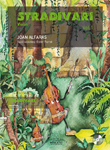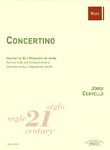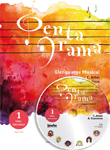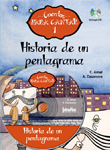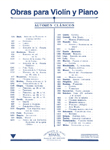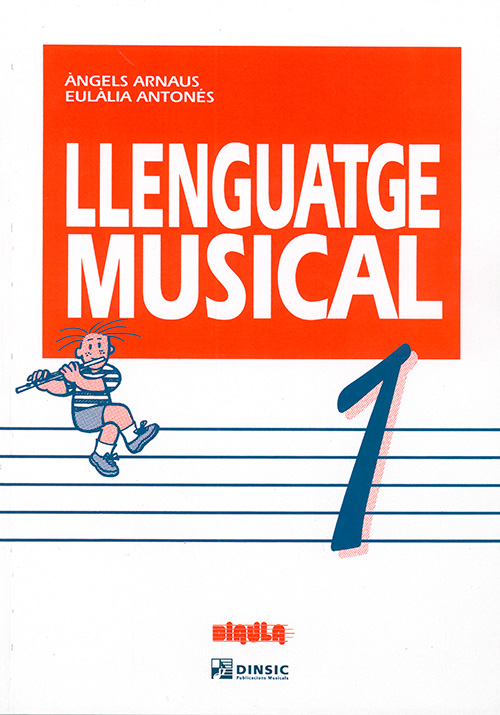WORKS
- Genre
-
Musical education
- Choir
- Counterpoint
- Dictation
- Direction
- Exam study manuals
- General music pedagogy
- Harmony
- Hearing
- Illustrations / Posters
- Improvisation / Sight reading
- Instrument methods
- Instrument pedagogy
- Instrumental study repertoire
- Instrumentation and orquestration
- Musical language
- Solfège
- Templates
- Theory and analysis
-
Incidental music
-
Lined paper
-
Flamenco
-
Religious music
-
Classical / contemporary
-
Modern music
-
Folk music / traditional
-
Musicology
-
Divulgation
-
Games and hobbies
-
Music therapy
-
Children / Youth
-
- Instruments
- Ensemble
- Difficulty level
- Period
- Genre
SOPORTE
Search
Find here: books, scores, composers, digital pieces, cd's
Best-selling works
Our classics
Newsletter
I wish to be informed of the news about your music
We have received your e-mail correctly
Multimedia
Llenguatge Musical 1 DIAULA
Lenguaje musical
ANTONÉS I GRAU, Eulàlia; ARNAUS, ÀngelsANTONÉS I GRAU, Eulàlia; ARNAUS, ÀngelsANTONÉS I GRAU, Eulàlia; ARNAUS, ÀngelsReg.: DI0062
12,50 €
P.V.P. (VAT included 4%)
Add to cart
- Ensemble: Solo.
- Genres: Musical education: Musical language; Solfège.
- Language: Español / Castellano
- Product format: Libro
- Difficulty level: Elementary
- Period: 2nd half S. XX - XXI
- Publishing house: Dinsic
- No. of pages: 128
- Measure: 29,70 x 21,00 cm
- ISBN: 978-84-86949-23-5
- ISMN: M-69210-177-2
- Available in digital: No
- Available for rent: No
Ear training: melody, harmony,pitch, structure. Rhythm: marking the beat with short, precise gestures. Figures will be represented by improvisation and sensory work. Note-reading. Melodic improvisation: free improvisation and with construction of suspensive and conclusive phrases. Combinatorial analysis of the different sounds studied. Rhythmic improvisation: free improvisation with or without concreting a definite number of beats. Invention of phrases of four or eight beats using different established rhythmic forms. Composition: creation of short musical fragments with all elements learned. It is very important that the students know how to sing their own works. Educating the voice: attention to position, breathing, individual articulation, looking for a clear, balanced and musical sound in class ensemble. Choral singing. Listening: recognizing fundamental works of music literature. As an element of practical discovery of musical language, dictations and analysis are used in reading practice. Music-reading: rhythmic, tuning, analytic and interpreting by memory. Memorization: analytic development, as an aid to interpretation. Transposition. Games: intend to encourage curiosity, entertainment and participation on both individual and group levels

